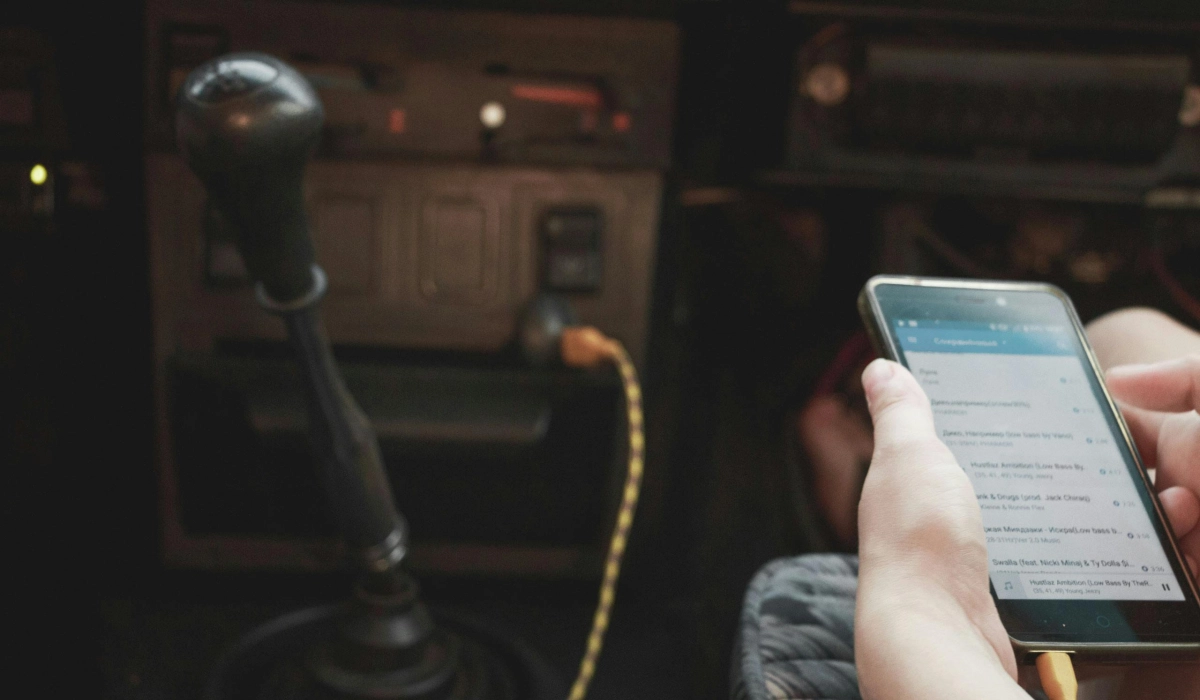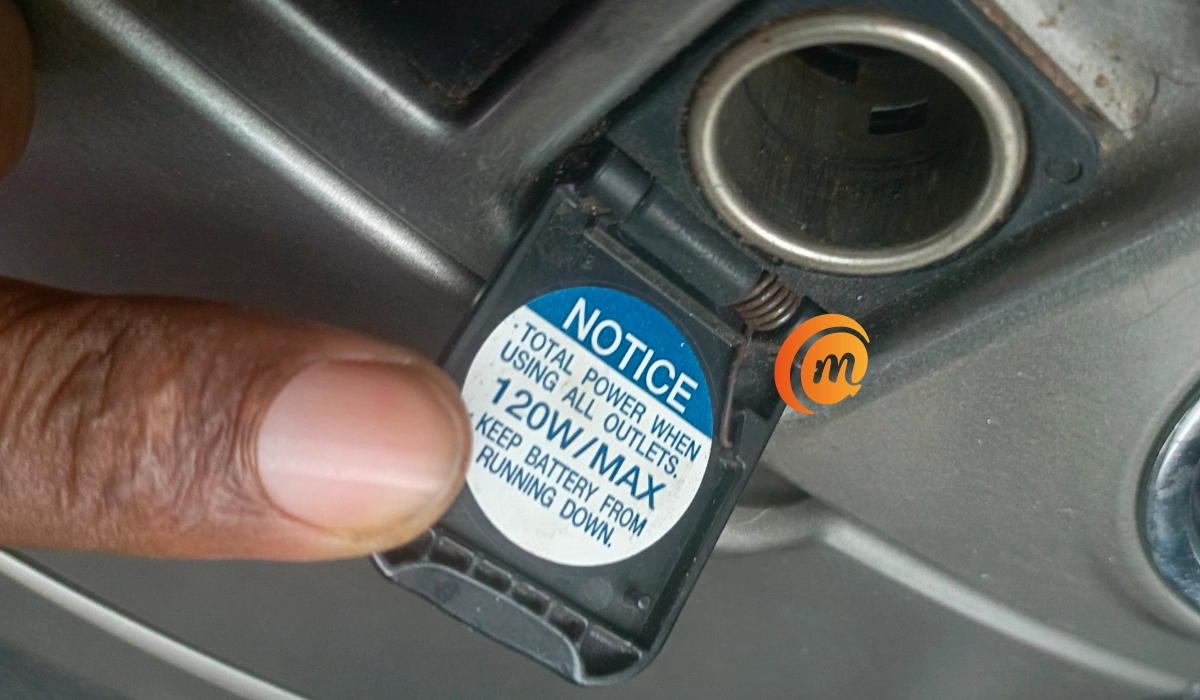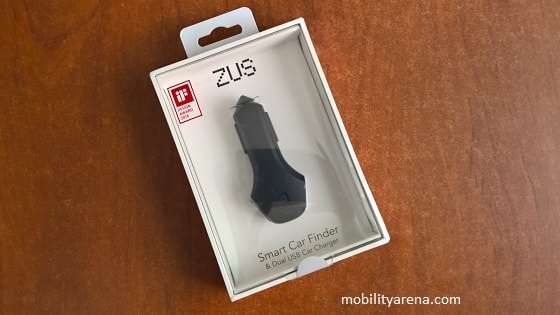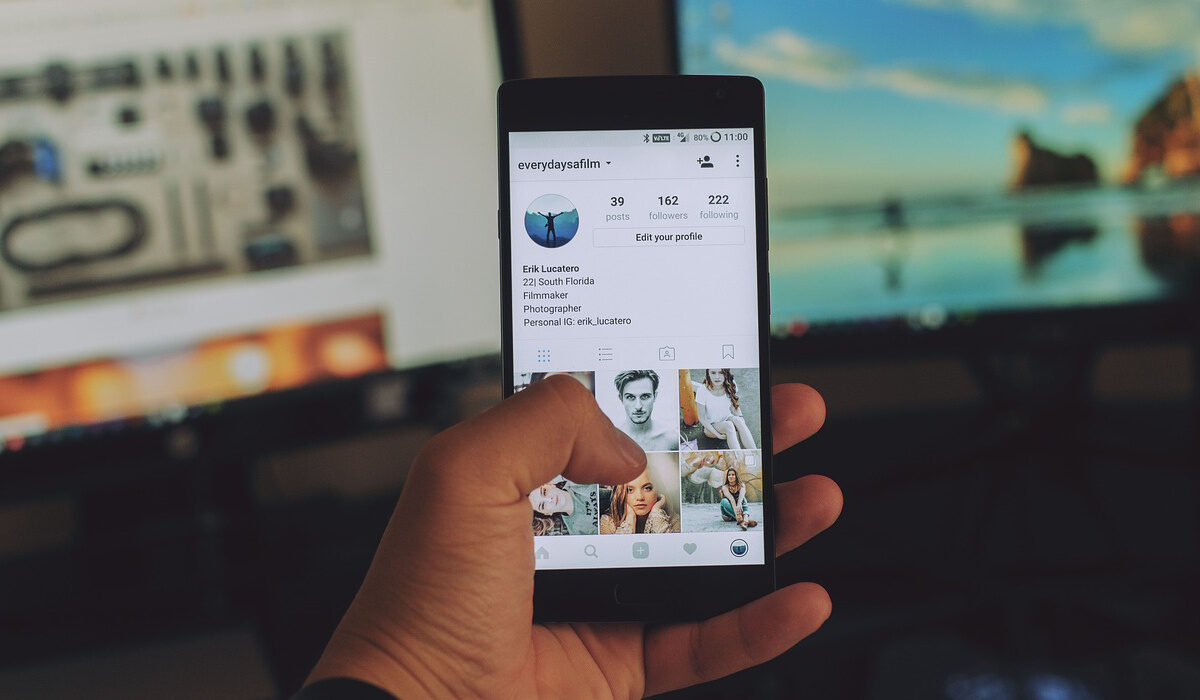You might never have paid much attention to your car’s auxiliary power outlet or outlets (some cars have multiple outlets), but they are important if you charge your phone while on the move.
You definitely should pay some attention to these outlets, as their specifications, along with the specifications of the charging adaptor and cable that you use, and the charging specifications of your phone, all together, determine how well and how fast your smartphone will get charged in the car.

To repeat it, how fast you can charge your smartphone in your car depends on three things: the charging specs of your phone, the charging specs of the power adaptor and cable you are using, and the rating of the car’s auxiliary power outlet itself.
Once you understand this, you will be able to get the fastest charging speed when charging your smartphone in the car.
Types of car auxiliary power outlets
There are two types of auxiliary power outlets in cars. In all my years of driving and owning multiple automobiles, I have seen only those two.
Cigarette Lighter Sockets: These deliver 12V DC power and are commonly found in vehicles. They also have higher amperage, allowing them to deliver more power to the devices you are charging.
USB Power Outlets: These come in different sizes and cater to either 5-volt or 12-volt systems in vehicles. They offer flexibility in charging options. They also provide much lower amperage than cigarette lighter sockets, and so are significantly slower at charging devices.
The higher the voltage and amperage, the higher the wattage. The higher the watts, the faster the charge. That’s a simple rule to remember.
How do you know what ratings the power outlets in your vehicle support. You can get detailed info about the voltage, amperage, and wattage of your vehicle’s auxiliary power outlets by flipping through the car manual or checking the labels on the power outlets themselves.
My current vehicle has three auxiliary power outlets – one cigarette lighter socket, one regular 5W USB port, and one 12V / 120W USB port. Looking at the label in my automobile’s cigarette lighter socket, it says that the total power when using all the auxiliary power outlets is 120W.

If using the cigarette lighter socket alone, or the 120W USB port alone, either can deliver the full 120W. But should I plug in multiple devices, the full 120W is distributed in smaller chunks through all the connected ports.
How safe are car auxiliary power outlets for charging smartphones?
Car auxiliary power outlets are generally safe for charging your smartphone and other devices, inclusing laptops. Do note that it is possible to put too much demand on those outlets.
For example, I have an adaptor for charging my laptop while on the road. I have observed that it gets quite warm, and even hot, quickly when I am using it. This is because of the demand that the laptop power adaptor is putting on the power outlet.
Sometimes, especially in hot weather, when charging my phone in the car, the phone warms up as well.
Thankfully, many modern smartphones have protective systems built into them. For example, if my phone is beginning to overheat while I am charging it in the car, it notifies me, so I can disconnect it for a while to let it cool down.
How fast are car phone chargers?
Modern car phone chargers and auxiliary power outlets support fast charging technology. It might surprise you to know that there are car phone chargers that support up to 75W and even 100W charging.
For the fastest charging possible, get a fast car phone charger that matches your smartphone’s fast charging technology and plug it into your vehicle’s cigarette lighter socket. As I already mentioned, car USB ports have a 5W rating, while the lighter sockets are rated 12V.
If your phone supports 45W charging, you need a car charging adaptor that supports 45W for you to get the best charging speed possible out of it.
My current smartphone supports 45W fast charging, while my current car charger supports only 36W, so I am not getting the fastest charging speed possible. But 36W is fast enough; the difference in actual charging time between 36W and 45W isn’t significant.

A few important things to know about charging your phone from a car auxiliary power outlet
Charging your phone using a car auxiliary power outlet in extreme weather conditions will impact charging speed and can also damage your device. For example, if you notice that your device is heating up significantly while charging it in the car, disconnect it for a while.
Also, note that GPS Navigation apps (Google Maps being an example) are serious power drainers. Car auxillary power outlets cannot keep up when such power-intensive apps are in use. That means, though your smartphone is plugged in while using such an app, the phone will keep losing battery power. You read that right.
I have experienced this multiple times when on a fairly long road trip. A way around this issue is to shut down your GPS navigation app when on a stretch of road that you are familiar with, to allow the battery charge up a bit. Run the navigation app only when you really need it.
Of course, if you are going to need GPS navigation aids a lot on a road trip, it is a good idea to ensure that your phone battery has a full charge at the beginning of the trip.
Also, if charging your devices in the car while the car is stationary, it is a good idea to keep the engine running. This is to reduce the risk of running down your car battery. The heavier the charge your device(s) needs, the greater that risk.
Car phone chargers I have used
I have used a number of car phone chargers, over the years. They include models by ZUS, Sony, IQ, and Heatz. I very much prefer to use a dual-port charger in my car, so that when needed, two devices can be charged at the same time. This is important when there are other people in the car with me, especially during a long drive. Yes, I am hospitable like that. Thank you.
My car’s cigarette lighter socket is my preferred auxiliary outlet for charging my phone, and that’s where it is always plugged in. Using a dual-port car phone charger means I can get decent charging for two devices at a time.
But my car’s regular 5W USB auxiliary power outlet is great for charging dumb phones and feature phones because of the lower power ratings. Charging a smartphone through that particular USB outlet is a painfully slow experience, which is why it is not my favourite.
The other USB port is rated at 120W and does much faster charging that is at par with what the cigarette lighter socket does. It is great for charging smartphones with fast charging capabilities.
Of course, the USB ports require no power adaptor. Just plug in your USB cable to charge your phone. A USB-C cable is more capable for faster charging speeds.
The nonda ZUS Smart Car Charger is rated 24W, which allows it to charge my smartphone relatively fast when plugged into the lighter socket.
Currently, I use a Heatz dual-port car phone charger. It supports Qualcomm Quick Charge 3.0, and a combined output of 36W through its two ports. That provides me really decent charging times for my smartphone when I am on the road.
